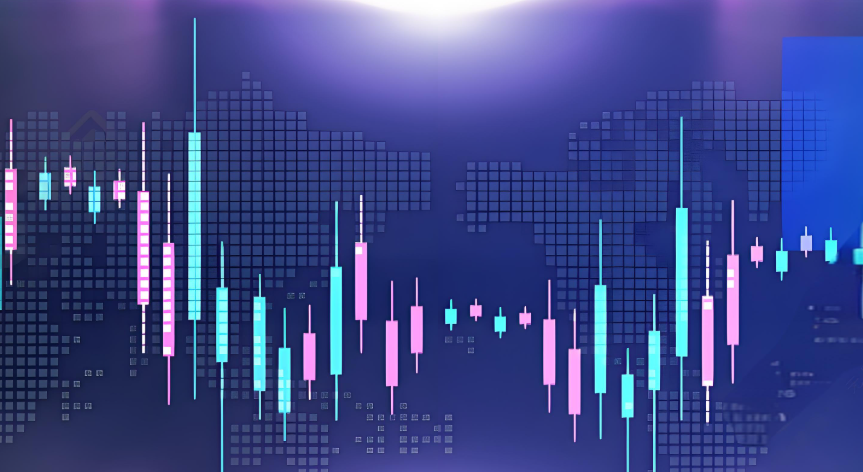Global Manufacturing PMI Sees Recovery
Advertisements
As we approach the end of 2024, the global manufacturing landscape reflects a tapestry of challenges and slowly emerging opportunities. The latest report indicates that the global manufacturing Purchasing Managers' Index (PMI) stands at 49.5% as of December 2024. While still below the pivotal 50% mark, this figure marks a modest increase of 0.2 percentage points from the previous month. It is noteworthy that this has been the highest reading for the second half of 2024, hinting at a possible stabilization and mild recovery trend within the global manufacturing sector, following a year characterized by macroeconomic uncertainties and geopolitical tensions.
The overall annual average for the global manufacturing PMI in 2024 is calculated at 49.3%, a slight improvement over 48.5% recorded in 2023. This uptick, albeit subdued, is essential as it suggests that manufacturing activities around the world are gradually finding their footing, despite ongoing turbulence from varied global challenges such as geopolitical disputes, fluctuating energy prices, and strained supply chains.
When delving deeper into regional performances, Asia emerges as a beacon of hope with manufacturing activity showing signs of robust growth. Contrastingly, the Americas and Europe seem to be grappling with persistent weakness that weighs heavily upon the global recovery narrative.
In December, Asia’s manufacturing PMI maintained a resilient position above 51%, marking its third consecutive month in this range. The annual average for the Asian manufacturing PMI stands at 50.9% for 2024, inching up 0.2 percentage points compared to the previous year. The growth here is significantly driven by key players such as China, India, and various Southeast Asian countries.
China's proactive economic stimulus measures, particularly in infrastructure investment and consumer subsidies, have revitalized manufacturing demand in the latter half of 2024. Furthermore, Southeast Asian countries have benefitted from their competitive cost structures and continuously improving supply chains, attracting substantial foreign investments, which has fueled their sectoral expansion. These moves illustrate how effective policy measures can rejuvenate an entire region’s manufacturing landscape.
In stark contrast, the Americas exhibit a more tempered mood, with the manufacturing PMI showing slight improvement yet still below the crucial 50% demarcation. The annual average for manufacturing PMI in this region stands at 48.8%, improving by 1.3 percentage points since last year. However, within the United States, the manufacturing sector has languished as evidenced by a PMI that has consistently remained under 50 for the last nine months. Despite the introduction of government incentives like tax breaks and supply chain reform, the constraints imposed by high interest rates and lackluster consumer demand continue to dampen manufacturing activity.
Moreover, the American manufacturing arena is beset by labor shortages and rising raw material costs, challenges that further complicate its recovery path. These fiscal and operational pressures showcase a sector in dire need of strategic reinforcement if it is to rally and contribute meaningfully to the economy.

Turning our attention to Europe, the narrative resonates with a sense of stagnation. The manufacturing PMI here fell slightly in December, remaining below 47%, signaling continuous underperformance in manufacturing activities. The average for the year sits at 47.7%, which represents a marginal increase from the previous year's figures yet still far from the threshold believed necessary for healthy economic movement. Supply shortages stemming from soaring energy prices, geopolitical uncertainty, and sagging demand have collectively conspired against a meaningful recovery.
Even though the European Central Bank's efforts to ease its monetary policy could stimulate some recovery, the manufacturing sector's progress remains sluggish and fell short of the expectations that many had hoped for in an economically revitalized Europe.
In conclusion, 2024 has been a year of cautious advancement for global manufacturing amidst a backdrop of considerable challenges. The persistent issues of geopolitical conflict, irregular energy pricing, and supply chain disruptions deeply affect manufacturing activity all around the globe. Nevertheless, the gradual articulation of recovery signals, particularly from Asia, bolsters hope for an eventual revitalization.
The modest rise in the global manufacturing PMI offers a glimmer of optimism for broader economic recovery efforts. Despite the encumbrances posed by the weak performance in Europe and the Americas, Asia's robust manufacturing growth provides an essential counterbalance. This dual dynamic illuminates the multifaceted nature of global manufacturing recovery.
Looking ahead, the path for global manufacturing remains laden with uncertainty. Its trajectory is intricately linked to government policies, the effectiveness of supply chain restorations, and the attenuation of geopolitical risks. A proactive approach involving the infusion of capital, incentives for technological advances, and supportive industrial policies is critical for invigorating the sector.
As the world emerges from the pandemic's aftermath, where global supply chains have been disrupted, only through rectifying these fractures can we guarantee a stable supply chain that supports steady production flows. Similarly, diminishing geopolitical tensions and trade barriers could foster better international cooperation and market expansion for manufacturers. In facing these myriad challenges, the global manufacturing sector must harness resilience, remain responsive to emerging technologies, and adapt its industrial structure, as it steers toward the challenges outlined for 2025.
Post Comment